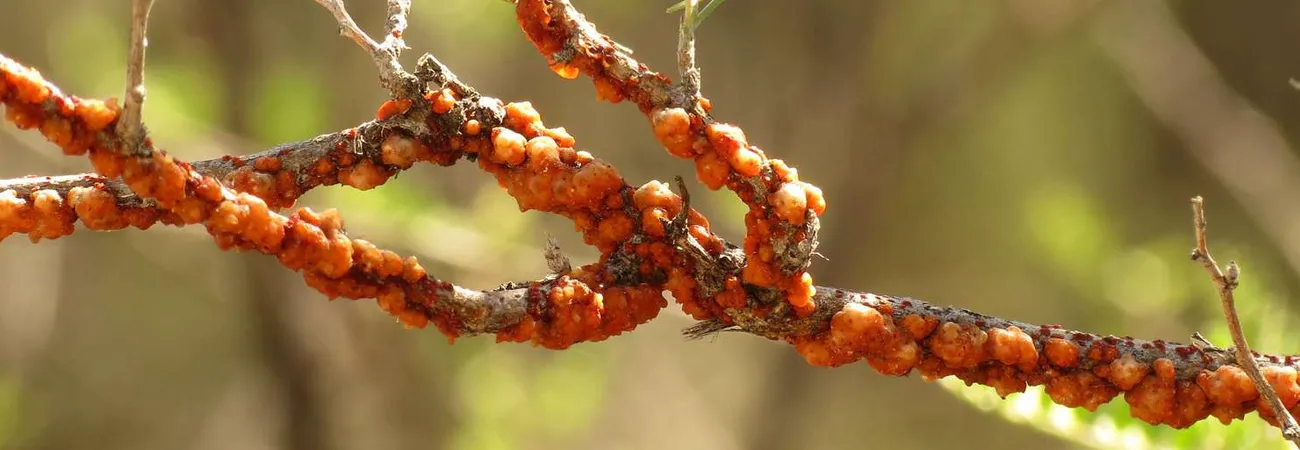i ECONOMY
Pakistan needs to promote the production of shellac to cut back on the foreign exchange spent on importing the substance and the products made from it. “The home production of shellac would help create a new value chain, and business opportunities and revive cottage industry,” said Muhammad Aatif Majeed, Deputy Director (Technical) Pakistan Forest Institute (PFI), Peshawar. Talking to WealthPK, he said shellac was produced from lac, a resinous encrustation produced by a female lac insect to protect it from predators. “Lac insects flourish on twigs, suck the plant sap and secrete lac during the growth process. Various other products can be extracted from this resinous encrustation, such as resins, wax, sugar, albuminous matter, water-soluble dye, and alkaline-soluble dye.” “Across the globe, around 113 host plants for lac exist, and few are very common, like Ficus spp (Fig), Zizyphus jujube (Ber), Albizzia lebbeck (Siris) and Acacia arabica (Kiker). In Pakistan, these trees are commonly found in the southern parts of Khyber Pakhtunkhwa, and in the plains of Sindh and Punjab provinces,” he said. Aatif maintained that shellac was widely used for a variety of industrial purposes.
“It is used to seal out moisture, an electric insulator, an adhesive in light bulbs to cement the metal base with glass part, and as a binder to fabricate the grinding wheels. In the food industry, it is used as a glazing agent for sweets, chocolates and marzipan. Its coating is used to preserve apples and fruits. In foodstuff stamp ink, shellac is used as a binder, and as an odour barrier in dragee. In the cosmetics and personal care industry, it is used as an ingredient in conditioning shampoos and nail polishes; a film-forming agent for hair sprays, and as a micro-encapsulation for perfumes. In pharmaceutics, shellac is used as a digestive-juice-resistant coating for tablets. Lac is widely used to manufacture artificial leather, toys, buttons and pottery. Goldsmiths and jewellers use it as a filling material in preparing ornaments.” He said most of the value-added shellac was imported to manufacture the pre-described industrial materials. “The local production of shellac and its value-added issues will help decrease the production costs and boost exports.”
He said with the minimum labour, investment and skill shellac could be a source of very sizeable side income for villagers and also could lead to the promotion of this specific cottage industry. Talking to WealthPK, Mahmood Nasir, former IG forests, ministry of environment, said the environment in Khyber Pakhtunkhwa province was favourable for lac insect rearing. “A proper policy needs to be devised to benefit from shellac-type non-timber forestry products. Awareness about the production and value-addition of shellac is also necessary.” Muhammad Yousaf Khan, chief conservator of forests in the northern forest region, told WealthPK that the production of non-timber forestry products could become a robust source of income generation for villagers. He said once Pakistan was a good shellac producer, and demanded its revival for sustainable income generation for people. Ejaz Nizamani, former conservator and secretary of Sindh forests and wildlife department, said shellac was a valuable non-timber-forestry product, and stressed the need for policymakers to establish industrial units both at small and large scales to help create business opportunities for people.
Credit: Independent News Pakistan









